Inside St. Jude Children’s Research Hospital
America’s premier pediatric cancer research center is on a mission to cure childhood cancer around the world
May 12, 2025
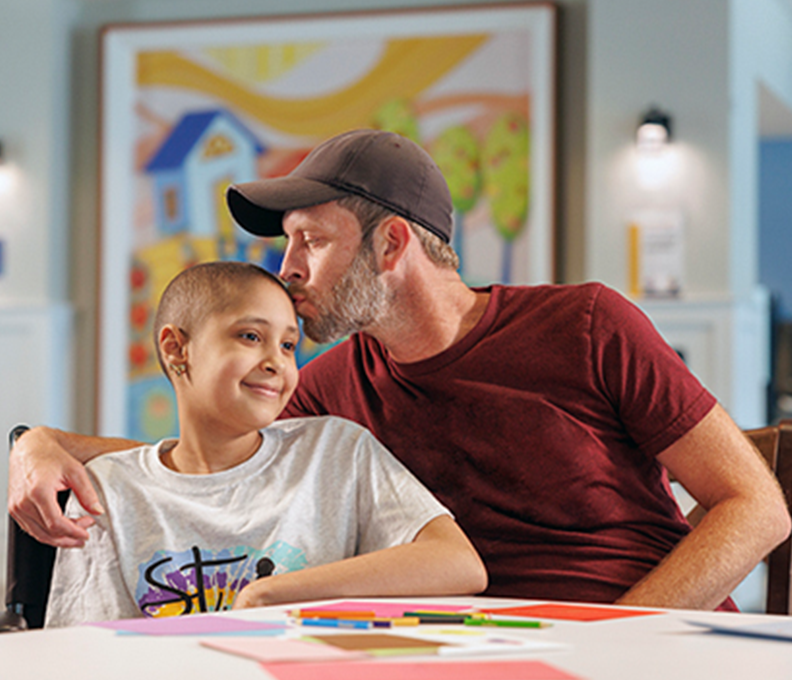
St. Jude patient, Olivia / Photo: Courtesy
Through groundbreaking research and lifesaving treatment, St. Jude Children’s Research Hospital is seeking cures for children with cancer and other catastrophic diseases. Though its physical headquarters’ location is in Memphis, Tennessee, it operates in eight affiliate clinics across the country and has treated patients from all 50 states and beyond.
Providing a Lifeline
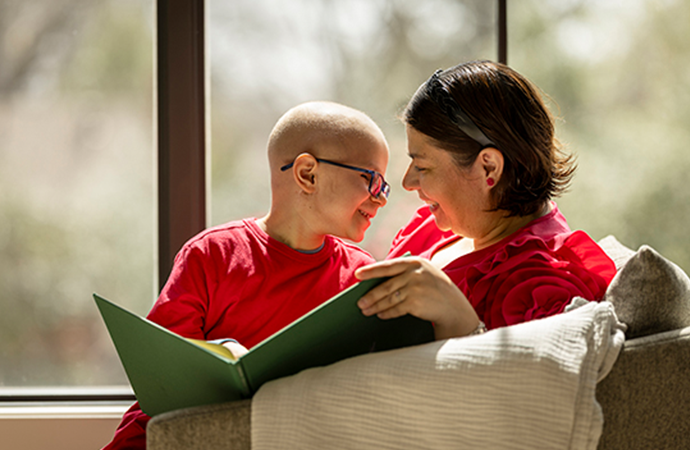
St. Jude patient, Miguel / Photo: Courtesy
For more than 60 years, St. Jude Children’s Research Hospital® has led efforts to improve overall survival rates in childhood cancer which have risen in the United States from 20% in 1962 to more than 80% today.
An estimated 400,000 children worldwide get cancer each year. In many low-to-middle income countries, four out of five will not survive, largely due to the lack of access to quality care. St. Jude believes that children all over the world deserve the same chance at survival and are working with doctors and healthcare institutions worldwide to make that dream a reality. According to them, it will take all of us, working together, to solve the multi-year, multi-generational, multi-trillion-dollar problem of pediatric cancer.
Making History
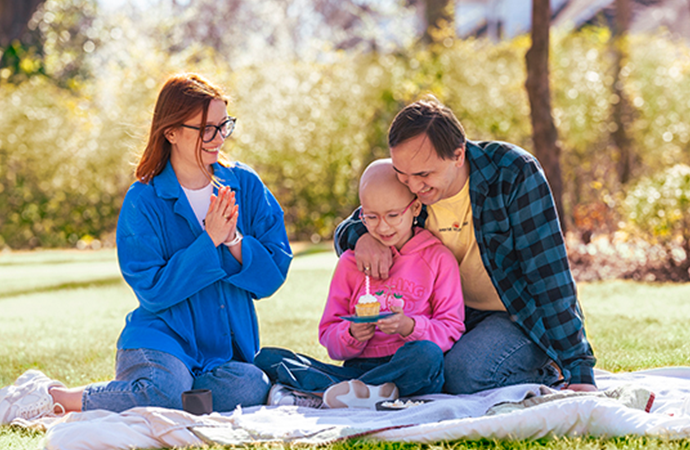
St. Jude patient, Diana / Photo: Courtesy
St. Jude is leading efforts with partners and institutions around the globe sharing a unified purpose to defeat pediatric cancer worldwide —by working together to improve treatments, share cutting-edge research, and marshal resources —so that no child, anywhere, dies in the dawn of life.
Upon opening St. Jude in 1962, the entertainer and humanitarian Danny Thomas dreamed of doctors and scientists developing cures for catastrophic childhood diseases. Though many said it was impossible, the son of immigrants rallied generous, compassionate people to his noble cause. Within 10 years, St. Jude announced a cure for acute lymphoblastic leukemia, the most common form of childhood cancer.
Another way St. Jude strives to advance pediatric conditions is through its collaboration with the World Health Organization, which started in 2018, making it the first WHO Collaborating Centre for Childhood Cancer in the world.
St. Jude is investing $200 million to provide free, quality-assured childhood cancer medicines to approximately 120,000 children in 50 countries by 2027 —the largest financial commitment for a global effort in childhood cancer medicines in history.
St. Jude Global collaborates with more than 230 institutions across 70 countries and aims to improve access to quality care for children with cancer worldwide. In partnership with the World Health Organization, St. Jude is working to raise the global survival rate for six of the most common forms of childhood cancer from less than 20% to 60% by 2030.
Real Impact
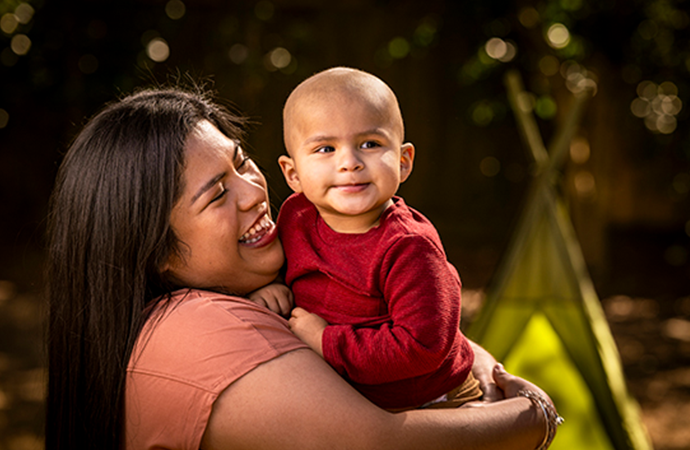
St. Jude patient, Mateo / Photo: Courtesy
Medical breakthroughs don’t happen by chance —they happen because of visionary philanthropy. At St. Jude, the team relentlessly pursues lifesaving treatments for childhood cancer —turning bold research into real solutions that are saving lives around the world.
When you give through your donor-advised fund (DAF), you help accelerate cutting-edge discoveries and bring new therapies to children who urgently need them. This is more than an investment in medical research —it’s an investment in childhood itself.
Because every breakthrough leads to more than just survival. It leads to more birthdays, more memories and more of the moments no child should have to miss.
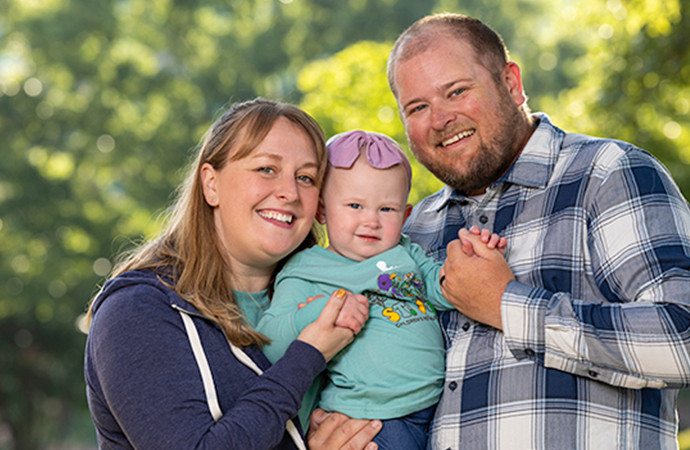
St. Jude patient, Rylee / Photo: Courtesy
10-month-old Rylee (pictured) was referred to St. Jude Children’s Research Hospital after her devastating neuroblastoma diagnosis. Her parents, Kaitlin and Miles, found solace at St. Jude, despite the heart aching challenges that ensued. There, they learned they would never receive a bill for Rylee’s treatment, travel, housing or food.
“It gave me light at the end of the tunnel to be able to continue providing for my family, “Miles said. Rylee’s treatment included chemotherapy and surgery to remove the tumor. “Lots of caring people were very gracious with the amount of support and just love that they showed our family from the very first day we walked in,” Kaitlin said. “We weren’t just a patient, we were Rylee and Rylee’s family.”
Through it all, Rylee’s resilience and sunny disposition earned her the nickname “Smiley Rylee” at St. Jude. “She ended up being our rock,” Miles said. Now back home, with Rylee’s scans showing no evidence of disease, the family has a newfound appreciation for ordinary life.
Give now at St.Jude.org/DAFs




